

Latest Space Information and news resources. To view the complete News Archive List, click here.
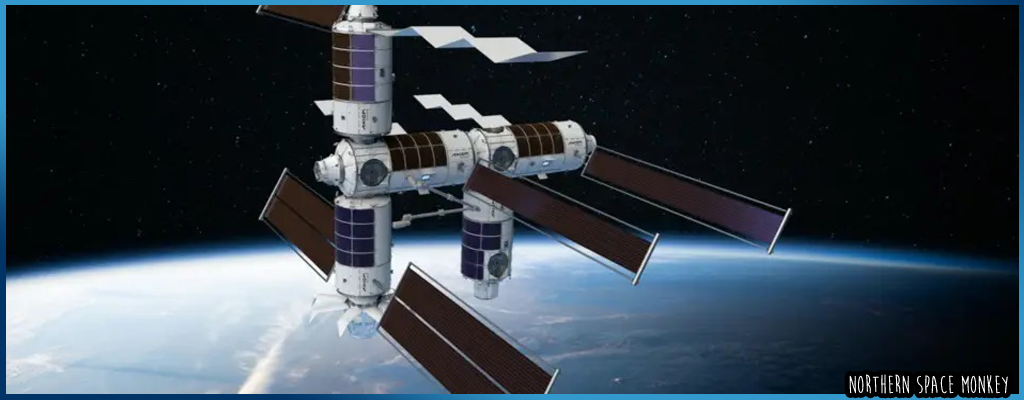
Axiom Space has announced it is partnering with Liverpool City Region and Greater Manchester, working to build a center for innovation in research and manufacturing.
Focusing on in-space manufacturing, bio-technology and communications, this partnership will ensure the UK continues to play a leading role in this rapidly growing sector.
Under the terms of the Memorandum of Understanding, the partnership will focus on:
The agreement builds on discussions between Mayor Rotheram and British astronaut Tim Peake, a strategic advisor to Axiom Space, and discussions between Axiom Space and Mayor Burnham at the South by Southwest festival in 2023. Peake has championed the UK's potential in space-based innovation and has supported efforts to connect scientific research and commercial opportunities with UK regions.
Axiom Space is the principal provider of commercial human spaceflight services, including missions to the International Space Station. It is developing the world's first commercial space station, known as "Axiom Station", fostering groundbreaking innovation and research in microgravity. Axiom is also a developer of advanced spacesuits for the Moon and low-Earth orbit.
Keywords: Space Axiom Commercial Manufacturing Research England

Voyager 1 and 2 have surpassed all expectations on mission longevity, constantly proving the exceptional engineering and mission support put into their projects. Their continued operation in the most extreme conditions have led to several moments where they seemed lost and unrecoverable, before returning to scientific operations to the surprise of us all.
To continue further scientific operation with reduced available power, both Voyager 1 and 2, now operating outside of the heliosphere, have had to reduce the number of science instruments powered-up. In continued reduction of power draw, the Cosmic Ray Subsystem was powered-down on Voyager 2 and the Low-Energy Charged Particle Instrument in Voyager 2 will be switched off shortly.
The instrument contains two subsystems: the low-energy particle telescope for broader energy measurements, and the low-energy magnetospheric particle analyzer for more focused magnetospheric studies.
Both of the systems utilise a rotating platform powered by a stepper motor designed for 360 degree field of view. The motor units were tested to 500,000 steps (to guarantee continuous operation through the mission's
encounters with Saturn in 1980) will have completed more than 8.5 million steps by the time it's powered-down on Voyager 2.
Keywords: Space Satellite Voyager Power Deep Space NASA
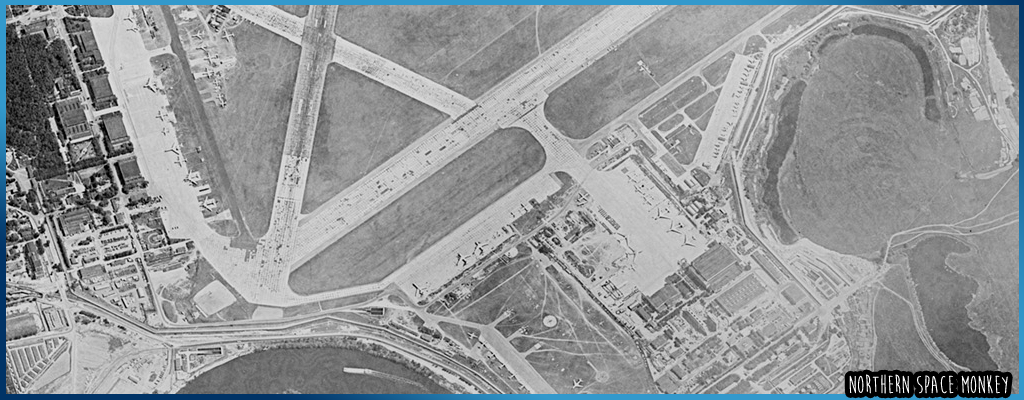
Recently Declassified satellite imagery has landed on the SpaceFromSpace Website.
Imagery from space taken between the 1960's and 1984, now declassified and available for public consumption, is being georeferenced for easier access. This amazing archive of optical imagery provides a wonderful snapshot of time from Earth orbit.
Harry Stranger, who started SpaceFromSpace, is on a mission to make satellite data accessible for all. Initially covering spaceports, he has recently been building a large archive of georeferenced and easy-to-view declassified spy satellite imagery.
Keywords: Space Satellite Military Declassified Imagery Optical Website
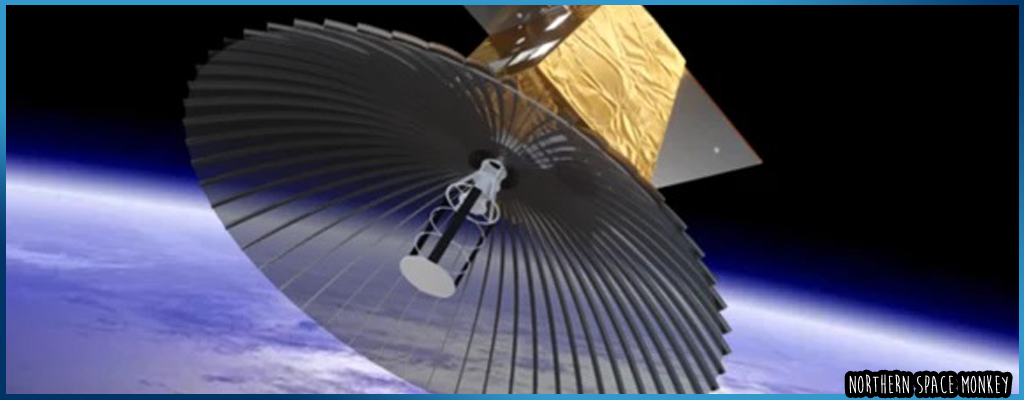
Airbus has been given the contract to provide a new military satellite system, Oberon, for the UK Ministry of Defence. The deal worth £127m is anticipated to provide up to 200 skilled jobs in Stevenage and Porstmouth, UK.
Oberon will play a key part in securing critical UK skills in the growing global space sector. The aerospace sector added almost £40 billion to the economy last year, a growth of 50% in the last 10 years, employing tens of thousands of people. The project will also help inform the procurement strategy for future space capability requirements.
Expected to launch in 2027, the satellite system will be able to capture imagery on the ground in daytime and at night. It will be able to capture imagery in any weather condition using two synthetic aperture radar technology satellites.
"This will enable and enhance UK and allied military operations around the world.", said Major General Paul Tedman, Commander of UK Space Command.
Keywords: Space Satellite Military Radar Imagery Airbus MoD UK
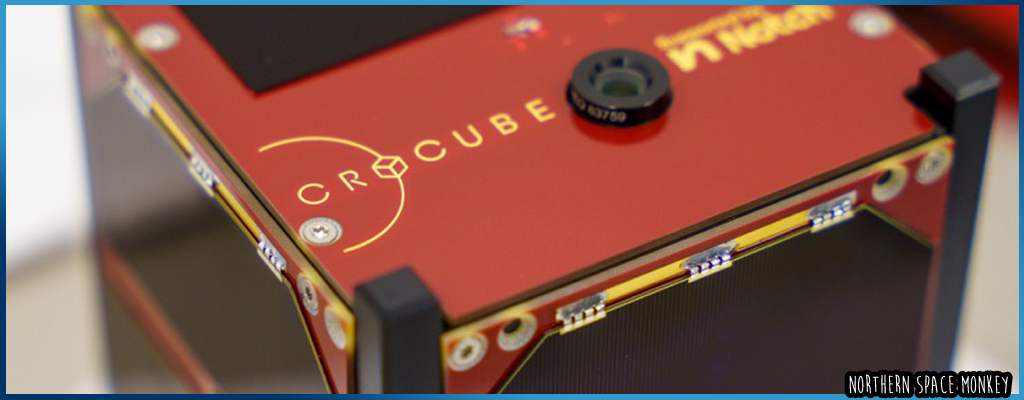
CroCube is the first ever satellite launched by Croatia. The 1U cubesat rode aboard SpaceX Falcon 9 in late December 2024 and measures a tiny 10cm x 10cm x 10cm. Despite the diminutive size the satellite, packed with camera and sensors, broadcast it's first data, imagery and video captured on January 28th.
Throughout it's mission life it will be delivering data to anyone with the mobile app with imagery also making it's way onto their social feeds such as their Instagram Page
The $124,000 CroCube is a crowd-funded mission by The Croatian Society for Education Outside the Box, and Czech company Spacemaniac. The primary goal of the 5-year mission is to encourage interest in astronomy and space in Croatia.
Keywords: Space Satellite Cubesat Croatia CroCube Imagery App
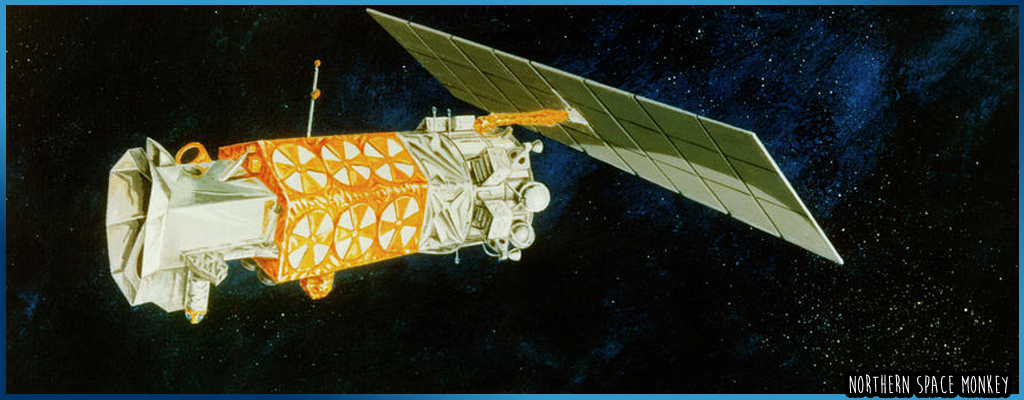
U.S. Military satellite DMSP-5D2 F-14 encountered an unexpected "low-velocity fragmentation event" on December 18th. The 750kg U.S. Military Weather Satellite had fuel and batteries drained during decomissioning in 2020, then left in Sun-synchronous orbit. However, it is part of a family of spacecraft suffering breakup events in Earth orbit. A sister craft, F-12 broke up in October 2016, F-13 in February 2015 and F11 in 2004.
There remains concern that a similar design was used for the NOAA civilian polar-orbiting weather satellites, noting NOAA-16 broke up in 2016 and NOAA-17 broke up in 2021. It appears that the "passivation" process at the end of their lifespan may not be fully effective for these older spacecraft, leading to the unfortunate explosive disassembly we have seen.
LeoLabs and Slingshot Aerospace have stated they were tracking the breakup event which at current radar readings notes 50 objects from the fragmentation.
Keywords: Space U.S. Military Weather Satellite Break-up Debris

JSOC suffered a burst water pipe in their cooling system this week which caused a shutdown of the datacenter that stores and processes data for two NASA solar observation satellites.
The facility at Stanford's Joint Science Operations Center houses the infrastructure handling the Solar Dynamics Observatory (SDO) and the Region Imaging Spectrograph (IRIS). The datacenter handles data from two of SDO's three scientific instruments: the Helioseismic and Magnetic Imager (HMI) instrument and Atmospheric Imaging Array (AIA). Whilst the data is still being collected from the craft, it cannot be processed and delivered until the datacenter has dried-out, damage assessed and repaired and the systems brought back into service.
JSOC is providing updated information on their solarweb site with no current indication on how long it will take to bring the systems back online.
Keywords: Space JSOC NASA Satellite Datacenter Outage Solar Dynamics

SatVu, a U.K. climate science company, launched the first of their constellation of satellites in 2023. Several more satellites are due to head into LEO over the next few years.
The European Space Agency has announced this week that in partnership with SatVu, archive data will be made available for those wanting to undertake Earth Science. With a 3.5m resolution using Mid-wave infrared capture, this offers a fantastic opportunity for anyone wanting to study areas captured in detail.
HotSat-1 captured a range of exciting imagery in it's initial tasking before suffering a hardware failure. The replacement unit is due to enter service in 2025, with sister craft arriving shortly after to provide customers with the ability to revisit sites multiple times per day. This will support a range of applications from observing climate change through humanitarian support, city planning and industrial site monitoring.
The provision of data to the scientific community comes hot on the heels of announcements of further funding injections to SatVu.
Keywords: Space SatVu Satellite U.K. Thermal ESA Archive LEO
.... More News available.